The Ocicat attracts with its incredibly beautiful color. The pet's appearance is very reminiscent of its wild relative - ocelot, but has a flexible and friendly character.
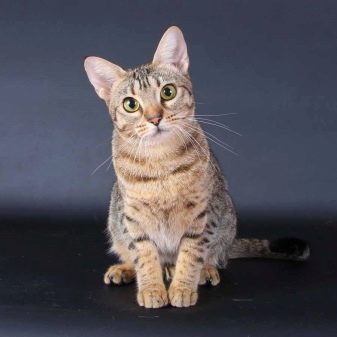
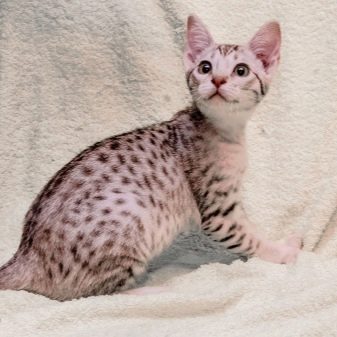
Origin history
Siamese, Abyssinian and British Shorthair - three breeds combined in one. The individual received the name Ocicat. She owes her appearance to the American felinologist Virginia Daily. The purpose of the experiment was the process of improving Abyssinian cats. To achieve the desired result, this breed was crossed with Siamese. In 1964, kittens were born, embodying the features of two breeds.
The breeder did not stop there and continued to work in this direction. In the second generation, a unique kitten appeared in the litter. His beige fur was decorated with rounded golden brown spots. A small fluffy lump was named Tonga and transferred to its new owner. The individual did not have future offspring, since sterilization was the main condition of the transaction.
The meeting of Virginia and the genetics of Clyde Koehler became fateful. Koehler was interested in the experiment, but since the first representative was already sterilized, he had to wait for the birth of a new unusual feline representative. The animal that was born was named Dalai Dotson. He became the progenitor of the Ocicat. So that the characteristic spots on the fur were bright, parents of Tonga and their spotted children crossed.
The appearance of the British Shorthair gene fixed the result. As a result, the breed became larger in size and acquired a specific color: all wool is light, and the tip is contrasting. Registered her in 1980.
What is interesting: the ocelot is in no way involved in the bred breed, although it has similar external features.
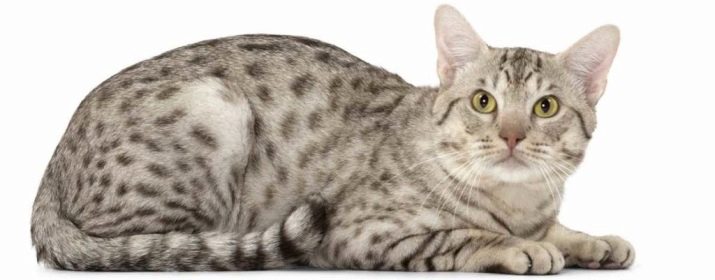
Description
In accordance with the standards adopted by the International Cat Association (TICA), The following features of the breed are distinguished.
- The head in profile is wedge-shaped, in full-face - trapezoid. There is a powerful but not pointed chin. The bite is correct. In adult cats, the presence of a second chin is often noted. The neck is long, graceful.
- Large triangular ears, sometimes ending with tassels at the ends. Visually it seems that the head smoothly passes into the ears.
- The eyes are set wide, have an almond-shaped shape. The color of the iris varies from yellowish to green. Deviation from the standard - blue eyes.
- Athletically folded body, straight sides.
- The tail is rather long, slightly tapering. Its tip is painted in dark color.
- Long muscular limbs. There are 5 fingers on the front legs and 4 on the hind legs.
- The coat is thick but thin. She is tight to the body.
The weight of the animal on average reaches 5 kg. Cats are larger than cats.
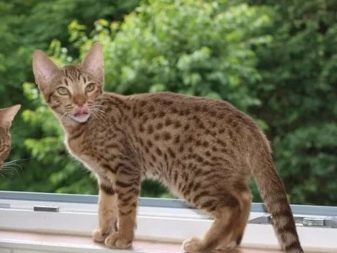
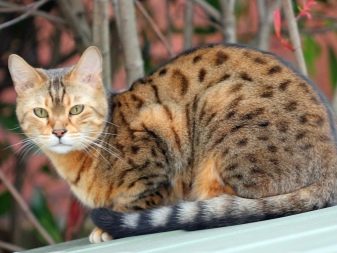
Character Features
Ocicots are very attached to their owner, sociable, love to "talk" with him. Loneliness is not for them. They can accompany the owner when he walks around the apartment.
If you spend little time at home, do not start this breed. The animal will be very homesick.
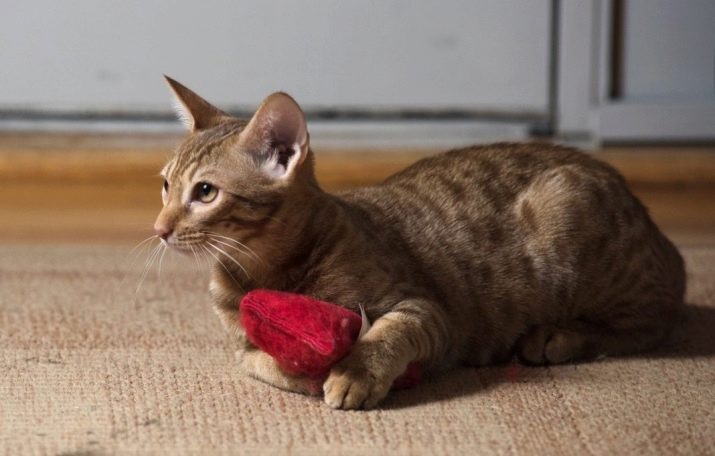
The animal is affectionate and friendly. Getting along with other inhabitants of the house: cats, dogs. An attack is possible only in the event of a threat (to the home or to himself). Aggression in his character is absent, therefore, such a pet can be given to families with children. He quickly makes friends with the "little man" and will be happy to play with him. Some presence of dog features is noted: a cat can even bring abandoned toys, walk on a leash. It also lends itself to training. The beast is active, nimble. This is not a lazy lounger sleeping all day in a secluded corner.
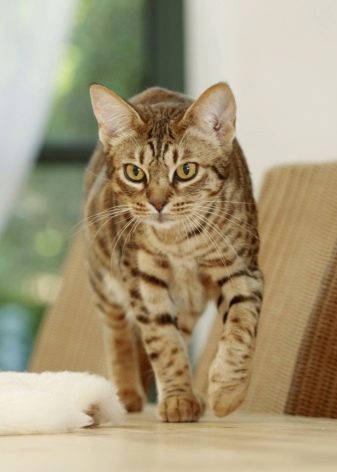
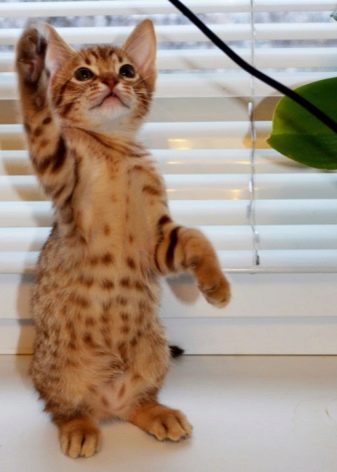
Watching your hosts and current events is one of your favorite pastimes. To ensure a maximum viewing angle, he climbs onto shelves, cabinets and other elevations in the apartment. The animal is capable of self-learning. It quickly remembers its nickname, individual words, commands. To attract attention (with its lack), the beast meows loudly.
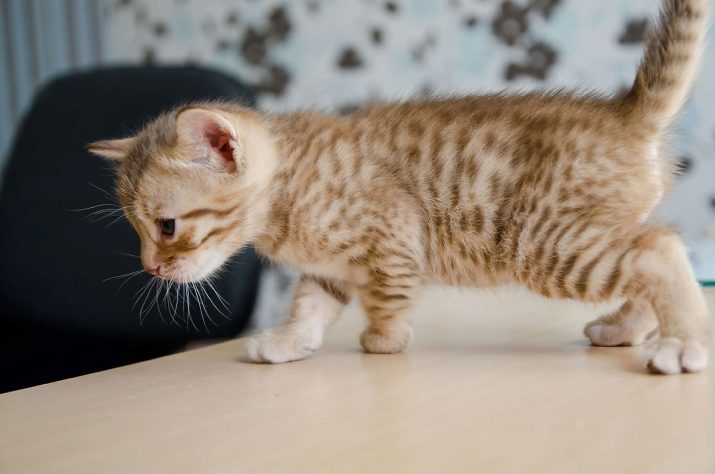
Types of color
A characteristic feature of the breed is the lack of fluffiness and ticking. Each hair is not monophonic, but painted in several shades. Dark stripes form the letter “M” on the forehead. A contrast band moves away from the outer tip of the eye. The body is covered with dark spots, on the tail and legs are transverse stripes. There are 12 main types of animal color. Here are the main ones.
- The main color of the coat is red. The color of the spots is dark brown, almost black. Pads are dark gray or black. The nose is framed by a dark border.
- Brown spots are scattered on a light milky background. A brown outline runs along the edge of the pink nose. The color of milk chocolate is present on the paw pads. The color is called chocolate.
- The main color is ivory. The spots are reddish brown. The nose and paw pads are pinkish.
- The coat is a delicate pale blue tint., spots - deep blue.
- The spots of lilac color stand out in bright contrast on a light beige background.. The pads and nose are mauve.
- The color is ivory. The spots are yellowish brown. The skin of the nose and paw pads is pink.
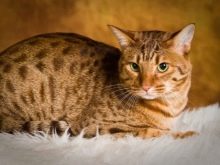
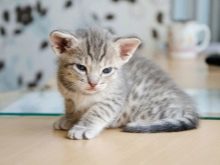
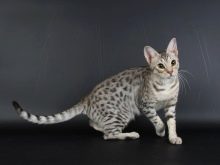
In the other 6 variants there is a silver tint. White color is noted near the nostrils, eyes, on the chin and neck (upper part).
If your pet's color is at least slightly at odds with the standards, he will not be allowed to the exhibition.
Popular nicknames
A small fluffy lump that appears in your house must be given a name. For some, this is a real problem.I do not want to name a representative of such a unique and beautiful breed as something ordinary. The name should be a match for the animal. The animal, acquired through a special club and having a pedigree, selects a respectable nickname. In this case, a number of requirements must be observed:
- the name contains an additional nickname of the ancestor;
- the nickname begins with a certain letter.

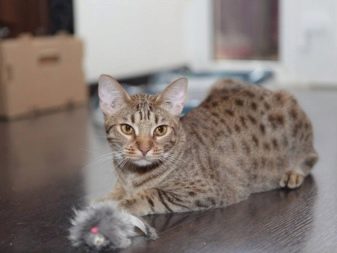
The result is a long and not very easy to pronounce name. You have the right to reduce it. Archibald Vending can always be called Archie. Among the popular nicknames that the owners give to their thoroughbred favorites, there are the following: Alfredo, Christopher, Gregory, Buckingham, Roby, Gray, Blue. If you are not going to take part in various exhibitions, the following parameters will help you choose a nickname: the color of the coat, the nature of the pet. If in doubt, refer to the information posted on the Internet. Many sites offer real cat names encyclopedia. Nicknames are arranged in alphabetical order, which greatly simplifies the search.
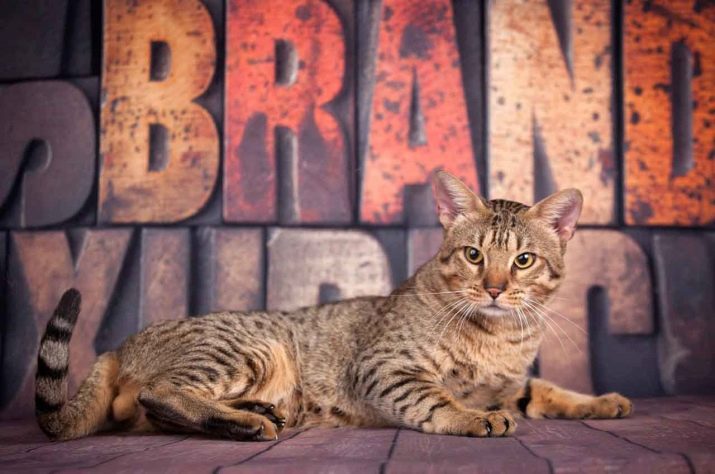
Conditions of detention
Representatives of this breed are unpretentious and do not require any special care. The animal is very mobile and active. She certainly needs to throw out the accumulated energy, so be sure to play with her. Walking in the fresh air does not hurt. Use a harness for walking.
Due to the fact that the coat is deprived of undercoat, the animal almost does not shed. About once every 2 weeks, carry out the procedure for getting rid of excess hair. To do this, use a special rubber glove, one side of which is covered with a special material that allows you to accurately and quickly collect wool. Do not use brushes with metal teeth. Such an accessory is strictly prohibited.
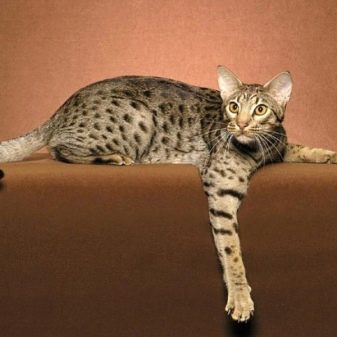
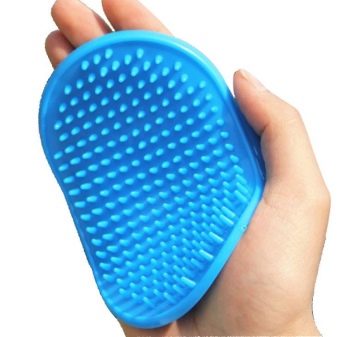
Bathing requires cat shampoos, which are easy to purchase in specialized stores. If you are the owner of a silver individual, then use bleaching shampoos.
However, it is not necessary to wash an ocicette often. The procedure is necessary when it gets dirty. Bathing this breed is not like.
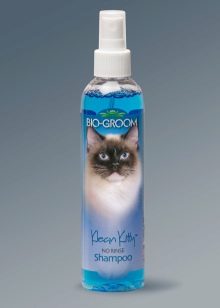
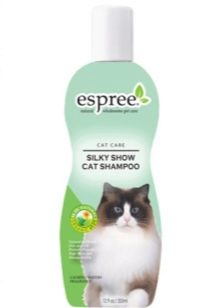
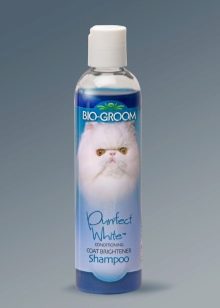
Claws are trimmed as needed. Do not take standard scissors for this. Need a special accessory designed for cats. But to remove dirt from the ears, a regular cotton swab is suitable. This breed is prone to diseases associated with the oral cavity.. In this regard, the cat needs to brush his teeth once a week. It is advisable to visit a veterinarian once a year so that he examines the condition of the teeth. Regular treatment for parasites is also necessary: fleas, ticks, worms.
What to feed?
The best option is to purchase finished feed. Their composition is balanced and specially selected for cats. It contains vitamins, mineral elements. In addition, the range is so diverse that choosing the right one will not be difficult. Do not purchase cheap feed. They will only harm the animal. Premium is required. Pay attention to the destination. You will need food designed for Siamese cats.
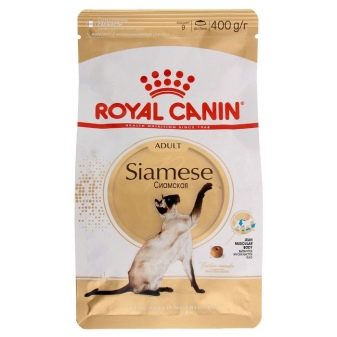
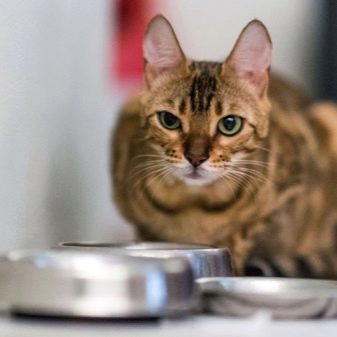
It is important to know that if dry food is used, then water should always be poured into the bowl.
Adults are fed twice a day. Kittens need more energy and strength, so they need to be fed 4-5 times a day. Food should not be hot or, conversely, very cold.
If you want to feed your pet with natural products, then meat (chicken, beef) must first be boiled and cut into small portions. Dairy products should also be in the diet. Once a week, give the pet boiled sea fish, eggs, vegetables. River fish is contraindicated. With natural feeding twice a year (spring and autumn), vitamins must be given.
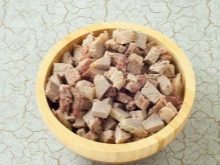
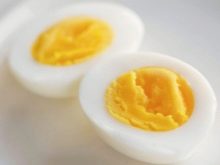
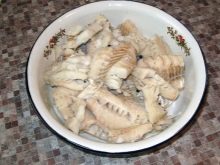
Some products are prohibited for pets. Among them are smoked sausages and fish, canned fish, sweets, fatty and salty foods, and marinades. Chicken bones can cause injuries to the stomach and esophagus. You can’t feed legumes and pearl barley, as these foods are not digested by the cat’s stomach at all.
Health
Okotsety are considered centenarians. With proper care, they are able to live for about 18 years. Despite the fact that they have good health, diseases that were characteristic of the breeds that took part in the crossbreeding can give rise to themselves. Siamese breed got heart disease - cardiomyopathy. As a rule, such animals die in childhood. Blood problems can also occur - anemia.
Another rare disease is kidney amyloidosis. It is characteristic of the Abyssinian breed. It occurs against a background of protein metabolism disorders. Amyloid protein is deposited in the liver, pancreas, and kidneys. As a result of this, organs cannot fully perform their functions. Pathology identified in the early stages can be successfully stopped.
Regular tooth brushing will prevent periodontal disease. A plaque appears on the teeth, which the beast is not able to remove itself. The owner will have to arm himself with a brush and paste, or consult a veterinarian. A scheduled examination by a specialist is the key to a full-fledged life of a cat.
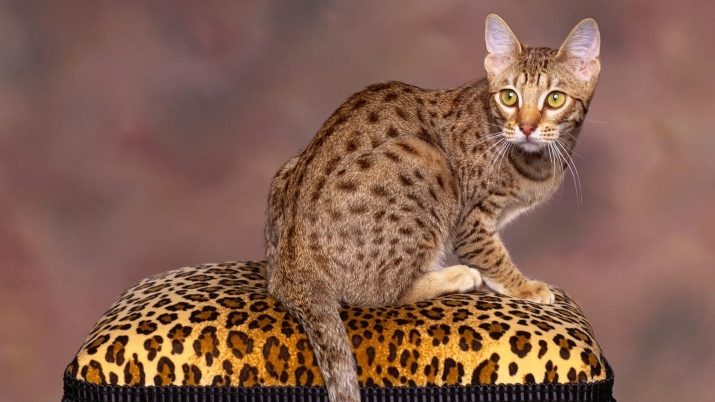
All about Ocicat cats - in the video below.


































